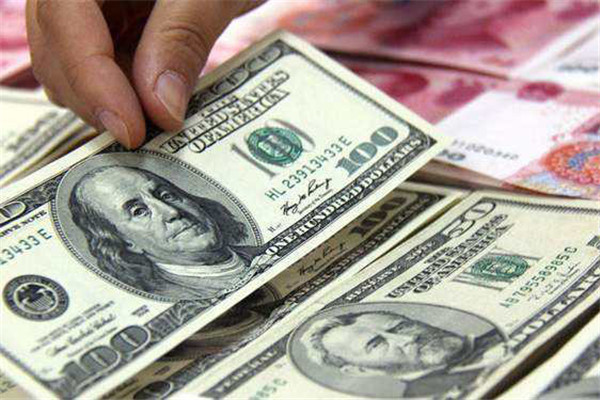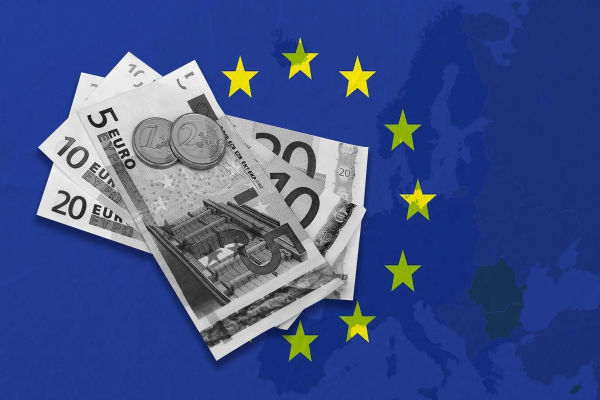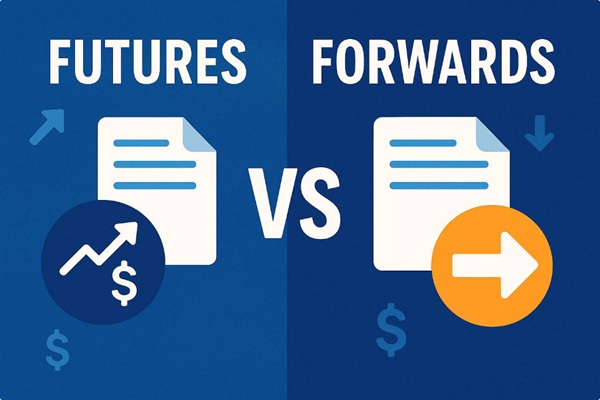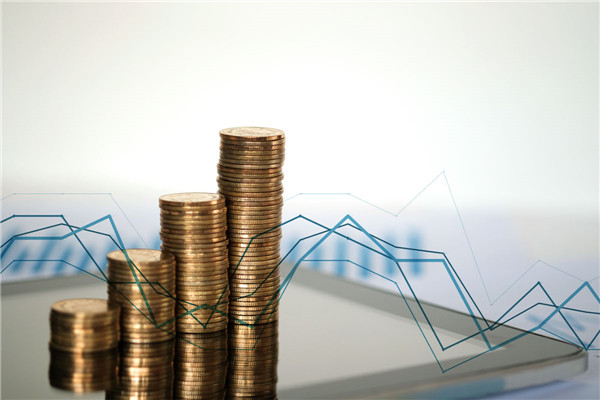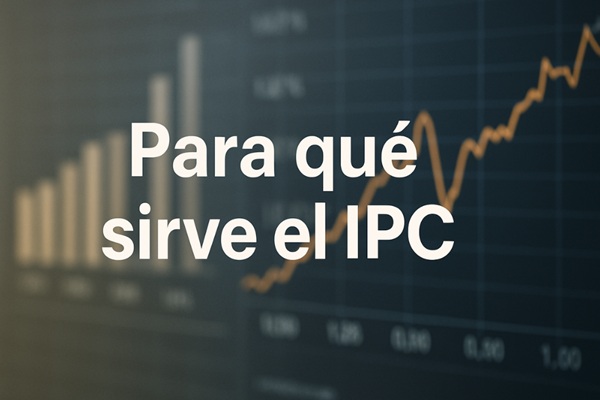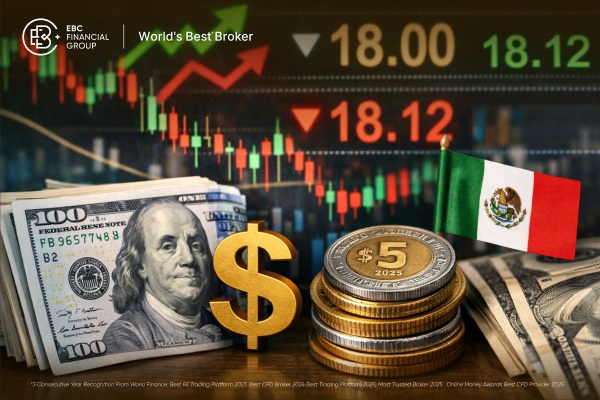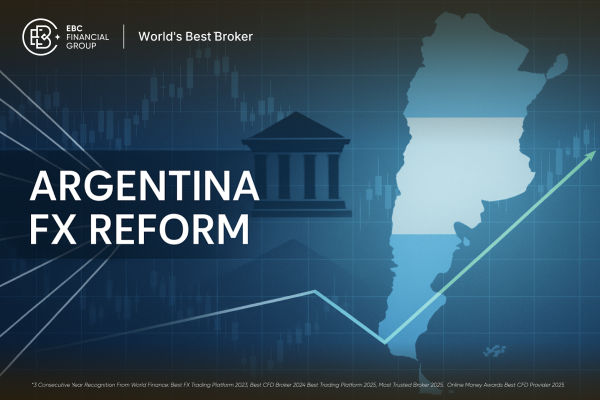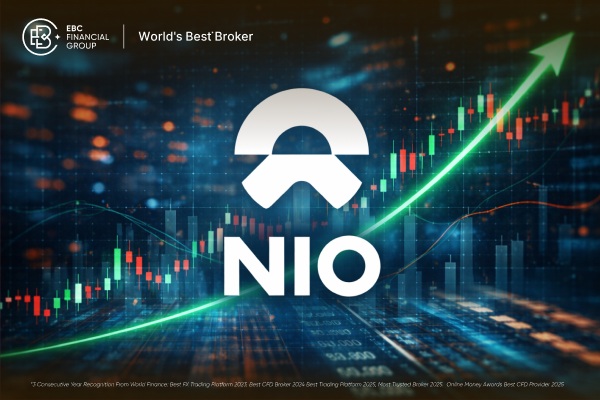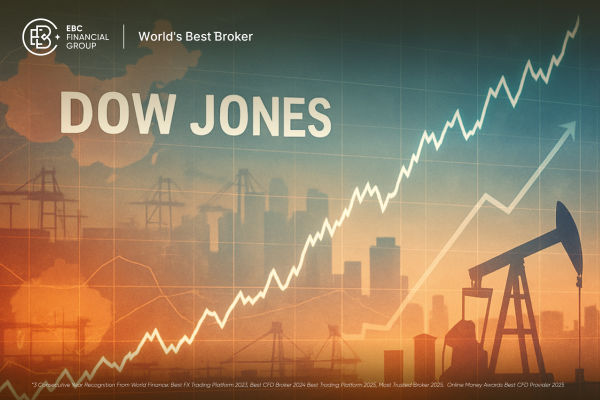Television will always appear brush brush printing money scene, in the greedy at the same time, have you ever thought of these money where to go? To know this, you first need to understand what is the base currency.
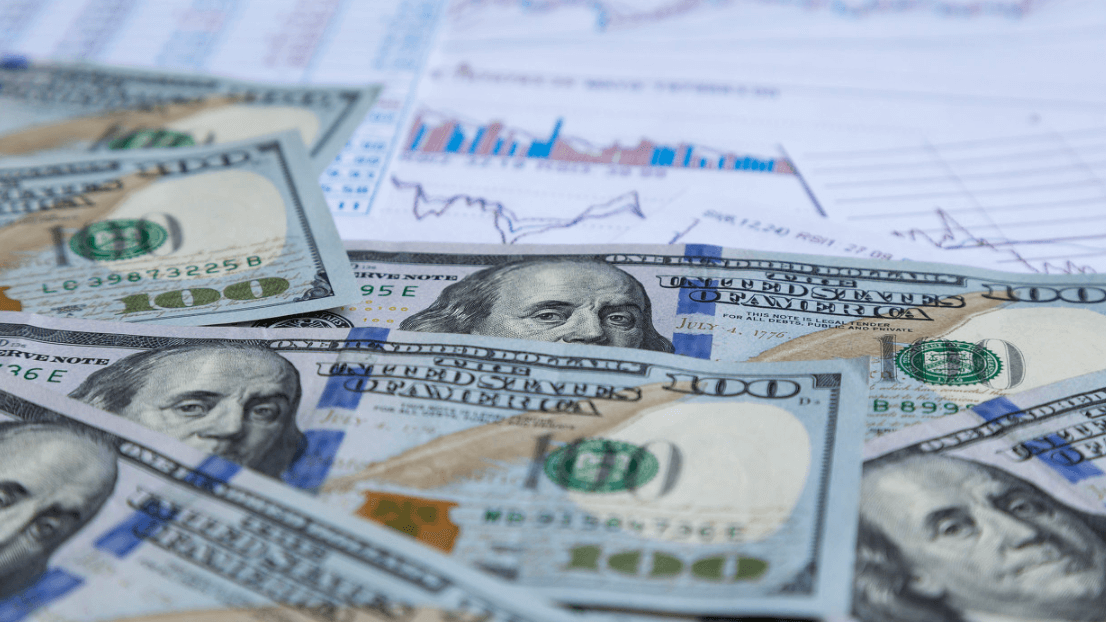 Base currency
Base currency
Base money in finance is the amount of money printed by the central bank.The money printed by the central bank in our country will be cut into two large pieces, the deposit reserve and the currency in circulation.
Deposit reserve is a certain percentage of commercial bank deposits in the central bank, used to cope with large withdrawals and liquidation of funds and so on. Currency in circulation, on the other hand, consists of cash held in the hands of the public and deposits held in commercial banks.
It is also known as high-powered money, and for commercial banks it is their old money. If you plant RMB in the spring, you will harvest more RMB in the fall. Under the reserve requirement system, through repeated loans and deposits by commercial banks. It is able to make the money supply, up to several times his own amount.
It is also the basis for the creation of money by the central bank, which can be called the weight of the state. By adjusting it, the central bank controls the money supply in the market. Increase it and the money supply in the market increases. Recycle it and the money supply decreases.
This is one of the important tools of macro-control of the country. Investors can pay attention to economic news to understand the changes in national monetary policy, according to which to form their own judgment on the current state of the market.
IEn el mercado de divisas, la moneda base (Basecurrency) es la primera moneda en un par de divisas, normalmente situado antes de la barra. Es una forma de indicar que usted está comprando o vendiendo una moneda, y también se conoce como la "moneda base" o "moneda de comercio ". Su valor se utiliza para expresar el valor relativo de otra moneda (la moneda de denominación).
It is the unit of currency used for denomination and trading, and its value is relative to the denomination currency. For example, in a currency pair such as EUR/USD, EUR (euro) is the base currency and represents the value of one unit of euro relative to the US dollar. If EUR/USD is trading at 1.20. it means that one euro is worth 1.20 dollars.
It is very important in the Forex market because it determines the direction and size of the trade. When trading in the Forex market, it will be purchased or sold denominated currency. Understanding its value and trend interpreting forex market prices and making trading decisions is crucial. It is usually the national currency associated with an economy, but its status changes from one currency pair to another.
Base money
| Aspects |
Financial Markets |
Foreign exchange market |
| Definition |
The amount of money printed by a central bank |
The first of the currency pairs indicates the base price. |
| Role |
The basis of a nation's money supply |
Indicates the currency being bought or sold. |
| Functions |
Affects monetary policy and macroeconomics |
Determine the pricing and trading direction of currency pairs. |
What does base money consist of
It is an important concept in forex trading. Being the first currency in a transaction, it is also the primary currency in a currency pair. It is used to represent and denominate the price of the currency in a transaction. In the Forex market, a currency pair consists of two currencies, one of which is the base currency and the other is the quote currency.
Leveraged currency: Leveraged currency usually refers to the leverage ratio of funds used by investors or traders. It is used to indicate the exchange rate of one unit of currency against another unit of the quoted currency. For example, if the EUR/USD rate is 1.20, then this means that one euro is equivalent to 1.20 US dollars, where the euro is the base currency.
Common base currencies in forex currency pairs include the US Dollar (USD), the Euro (EUR), the Pound Sterling (GBP), the Australian Dollar (AUD) and so on.
What does base money consist of
| currency |
Give an example |
Country/region |
| United States Dollar (USD) |
USD/CHF, USD/JPY |
Estados Unidos |
| Euro (EUR) |
EUR/GBP, EUR/JPY |
eurozona |
| Libra esterlina (GBP) |
GBP/USD, GBP/JPY |
Reino unido (Reino unido) |
| Dólar australiano (AUD) |
AUD/USD, AUD/JPY |
Australia (Australia) |
| Dólar de nueva Zelanda (NZD) |
NZD/USD, NZD/JPY |
Nueva Zelanda (nueva Zelanda) |
Moneda Base y moneda apalancada
Son dos conceptos clave en el comercio de divisas y se utilizan para describir los diferentes roles y funciones en el comercio de divisas.
Moneda de base: Es la primera moneda en un par de divisas y por lo general viene antes de la barra. It is the base of the transaction and represents the currency you are buying or selling. Its value is used to indicate the value of another currency (denominated currency) value value relative. For example, in a currency pair such as GBP/USD, GBP is the base currency and represents one unit of British Pounds relative to the US Dollar. If GBP/USD is trading at 1.25. it means that the value of one pound sterling is 1.25 US dollars.
Moneda denominada (moneda de cotización): La divisa denominada es la divisa en la que se negocia la divisa del par, normalmente situada después de la barra. It indicates the value relative to the preceding currency.
El valor de la moneda de denominación se utiliza para calcular el valor relativo del valor frente monetario de la compra o venta. En EUR/USD, el USD es la moneda de denominación y representa el valor de una unidad de dólar estadounidense en relación con el Euro.
Moneda apalancada: La moneda apalancada generalmente se refiere al porcentaje de apalancamiento de capital utilizado por un inversor o comerciante. This means that a relatively small amount of capital can be borrowed to trade forex in order to increase the size of the trade.
En pocas palabras, si el comercio con un coeficiente de apalancamiento de 10:1, sólo se necesita tener el 10% del tamaño del comercio forex como margen, mientras que el 90% restante es en forma de créditos proporcionados por el distribuidor forex. La moneda de apalancamiento no es una moneda específica, pero se utiliza para describir la forma en que el capital utilizado diferentes operadores y mercados pueden ofrecer diferentes márgenes de apalancamiento.
Descargo de responsabilidad: este material es sólo para fines de información general y no está destinado como (y no debe ser considerado como) financiero, de inversión u otro asesoramiento en el que se debe confiar. Ninguna opinión dada en el material constituye una recomendación por EBC o el autor de que cualquier inversión particular, seguridad, transacción o estrategia de inversión es adecuada para cualquier persona específica.
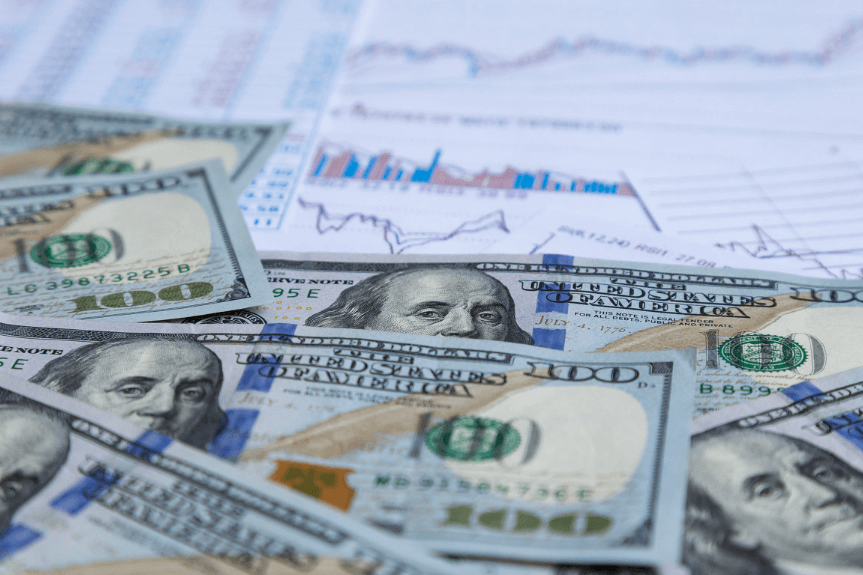


 Base currency
Base currency







